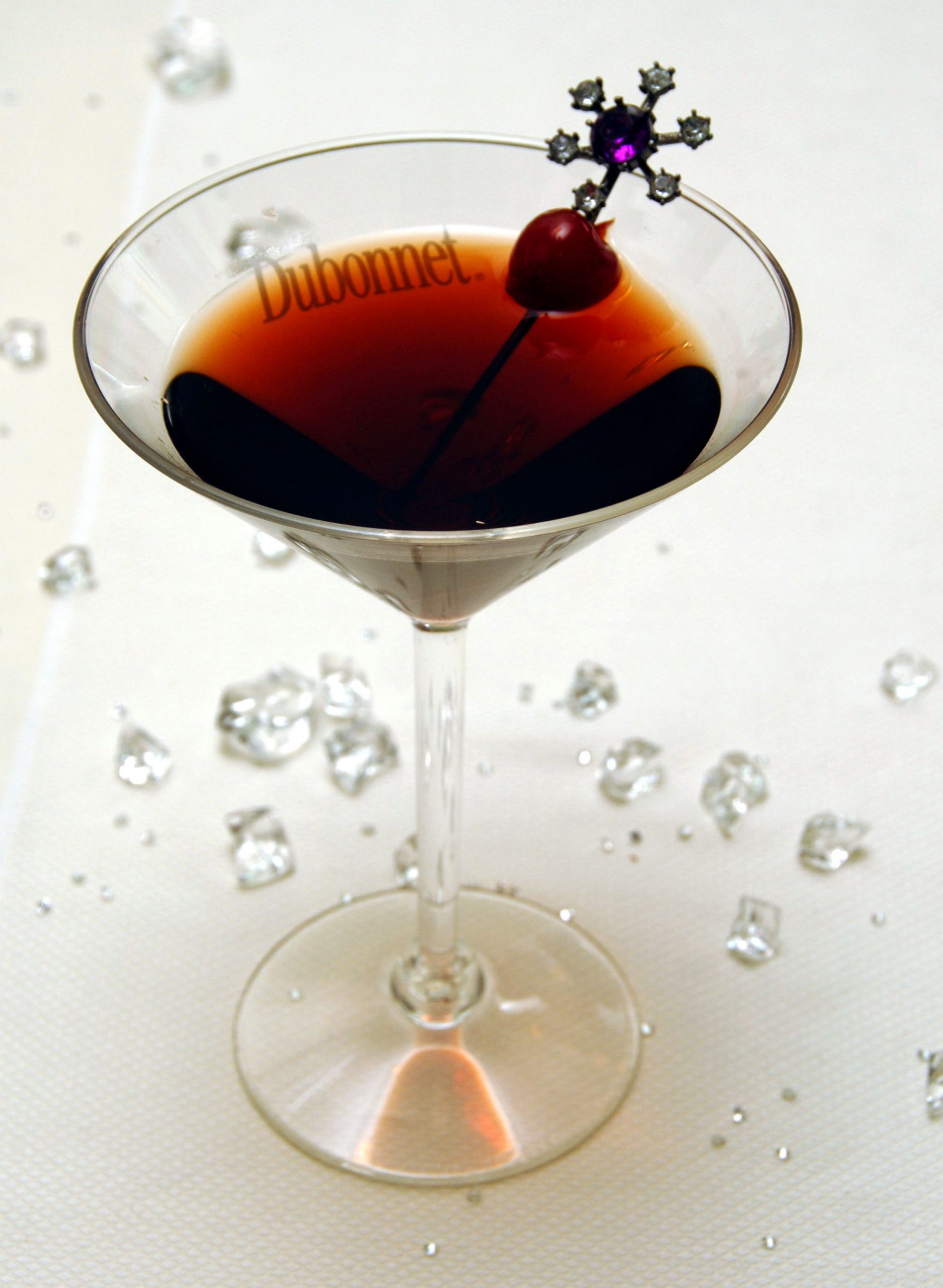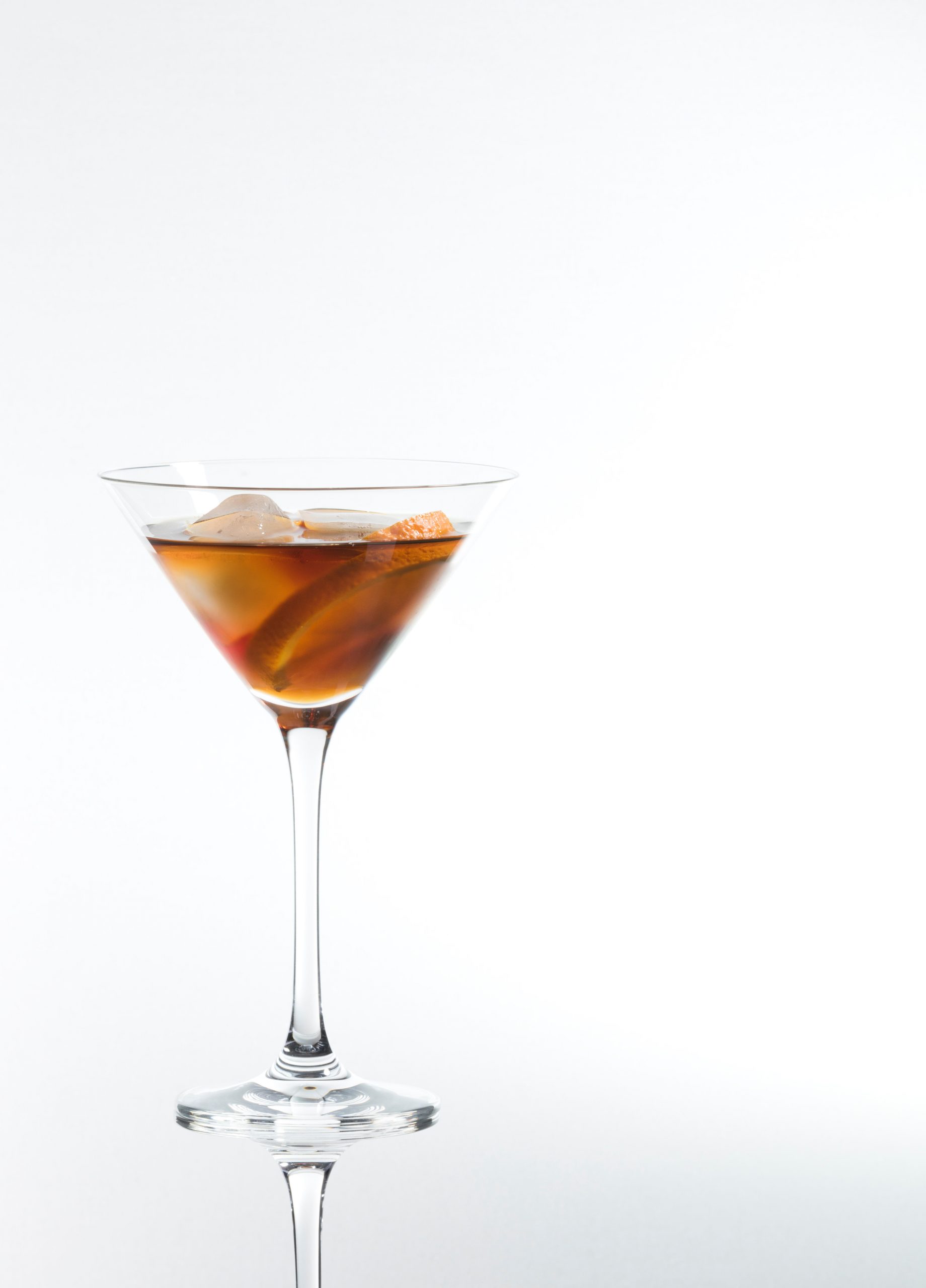5 drinks to try if you're bored of Pimm's
Swap your lukewarm party pitcher for one of these Continental aperitifs, says Emma Hughes.

Whisper it: not everyone loves Pimm’s. Everything that goes hand-in-hand with it, absolutely, but the drink itself?
Some of us tolerate this sugary suspension of fruit salad in the same way we do soggy sandwiches and picnic chairs that trap your fingers: it’s simply one of the prices of admission for English socialising. But, given the choice, we probably wouldn’t choose to kick things off with a cup of portable wasp-magnet.
The good news is that—whether you dislike Pimm’s, or you enjoy it, but would sometimes like to try something different—you do have a choice. A huge one, in fact: cast your gaze towards Europe and a whole new world of party-starters opens up.
Aperitivi or apéritifs, depending on whether you’re in Italy or France—from the Latin aperire, meaning to open—are designed to prepare the palate, as well as to set the mood. Aperol, the vibrant orange blend of gentian and rhubarb that launched 1,000 spritzers, needs no introduction. Here are five slightly less well known, but no less delicious, alternatives.
1 Campari

A ruby-red Italian icon, Campari was invented in 1860 by Gaspare Campari. The exact recipe remains a closely guarded secret, but the blend of numerous herbs, spices, barks and peels contains woody cascarilla and is thought to include the citrus chinotto.
It’s delicious served simply with soda and is sometimes sold ready mixed in dinky, red, picnic-friendly glass bottles; look out for it in Italian delis.
Drink it at home… In a Negroni (with Tanqueray and Martini Rosso) at Quo Vadis in Soho, which has one of London’s best-appointed cocktail menus, including a strong selection of Campari-based ones, if you’d like to start your evening with something less punchy (quovadissoho.co.uk).
Sign up for the Country Life Newsletter
Exquisite houses, the beauty of Nature, and how to get the most from your life, straight to your inbox.
…and abroad The prices might be eye-watering, but, if you’re in Milan, you should definitely set aside time for a drink at Camparino in Galleria. Opened by the son of Campari’s inventor in 1915, it’s an olive’s throw from the Duomo and boasts grandly ornate wooden interiors in the downstairs Bar di Passo (www.camparino.com)
2 Dubonnet

No list of pre-dinner drinks would be complete without Dubonnet, a blend of fortified wine, herbs and spices that includes a touch of quinine. Invented in Paris in 1846 by the French chemist Sir Joseph Dubonnet to mask the taste of the anti-malarials taken by French soldiers in North Africa, it was originally made on the site of the Palais Garnier in the 9th arrondissement.
On this side of the Channel, it’s long been a favourite in royal circles. Both The Queen and the late Queen Mother have been described as enjoying it—and, last year, it finally attained a Royal Warrant.
Drink it at home… With two parts Dubonnet to one part gin, over ice with a slice of lemon, as per the reported royal preference. To commemorate The Queen’s Platinum Jubilee, Cornish spirits maker Mainbrace has launched a Cornish Dry Gin with lemon verbena harvested from St Michael’s Mount – and it would fit the bill perfectly (£34.99; www.mainbracerum.com)
…and abroad Parisians still remember the famous ‘Dubo, Dubon, Dubonnet’ posters that were once ubiquitous all over the city and the Métro. The Ritz Paris’s Bar Hemingway is the place to drink it (www.ritzparis.com)
3 Lillet Blanc

This citrussy, quintessentially French aperitif—a blend of white wine and liqueurs, distinguished from vermouth by the absence of wormwood—has a bottle straight out of a Toulouse-Lautrec painting, but a global ingredients list, with Spanish and Moroccan sweet oranges and bitter green orange peel from Haiti all featuring.
Lillet was the late-19th-century brainchild of two brothers, the Lillets, who worked as wine and spirit merchants in Bordeaux. Today, there are several Lillets: Blanc is sweeter and contains less quinine than the others.
Drink it at home… The Vesper Martini, James Bond’s drink of choice, is described in Casino Royale (1953) as containing ‘three measures of Gordon’s, one of vodka [and] half a measure of Kina Lillet [Lillet Blanc’s predecessor, which was heavier on quinine and sugar than the modern version]’. Order one at the legendary Dukes Bar in Mayfair (www.dukeshotel.com)
…and abroad In Bordeaux, of course, at La Brasserie Bordelaise, which has all the Gallic charm you could wish for, plus an extremely well-stocked vaulted cellar (www.brasserie-bordelaise.fr)
4 Vermouth

When they’re drunk neat, we tend to associate fortified wines with after-dinner digestifs. But although it’s an essential component of everything from martinis to Manhattans, vermouth also makes a wonderful sharpener without adornment, which is how it’s often drunk in Portugal, Spain, Italy and France. Enjoy it with ice and a slice of orange or the old-fashioned way with some sparkling water on the side.
Drink it at home… Andrew Edmunds, a mainstay of bohemian Soho since 1986, serves an English spiced vermouth over ice as you peruse the menu (www.andrewedmunds.com).
…and abroad Vermouth bars are big news in Barcelona. Locals’ favourite La Vermuteria del Tano has been around for what feels like forever; it still has barrels on the walls and its original marble counters. Pair your vermouth with crisps and conservas: top-notch tinned fish.
5 Select

Think spritzes are all about Aperol? Think again. Select, which was created in Venice in 1920 by Fratelli Pilla & C, lends itself to mixing with none of the sweetness of its more famous Day-Glo cousin.
Don’t be fooled by its raspberry-pink hue: this is a herbaceous, near-savoury tipple with notes of juniper berries that give it a unique, almost resinous character.
Drink it at home… In a Venetian Spritz with Prosecco, soda and olive at Celentano’s in Glasgow, a buzzy modern Italian in Cathedral House (celentanosglasgow.com).
…and abroad Where else but Venice? Osteria Acquastanca on Murano makes a fine spot for a seafood lunch kicked off with Select Spritzes (acquastanca.it).
-
 Why British designers dream up the most desirable hotels
Why British designers dream up the most desirable hotelsWhen it comes to hotel design, the Brits do it best, says Giles Kime.
By Giles Kime Published
-
 The five minute guide to 'The Great Gatsby', a century on from its publication
The five minute guide to 'The Great Gatsby', a century on from its publication'The Great Gatsby' sold poorly the year it was published, but, in the following century, it went on to become a cornerstone of world literature.
By Carla Passino Published
-
 The iconic American bars in London perfect for lifting a Thanksgiving cocktail
The iconic American bars in London perfect for lifting a Thanksgiving cocktailGlamorous American bars were once a familiar sight in London, catering to US and British citizens alike, but only two of the historic ones remain. On the eve of Thanksgiving, Robert Crossan goes in search of both.
By Rob Crossan Published
-
 Curious Questions: Why was absinthe banned?
Curious Questions: Why was absinthe banned?Absinthe is almost unique among alcoholic spirits for having been outlawed in even some of the world's most liberal countries — but how did that happen? Martin Fone traces back the story to find the tales of debauchery, hallucination and even murder that once gave the drink its bad name — and looks at how it's returned to prominence.
By Martin Fone Published
-
 Perry: The pear cider dubbed 'the English champagne' that's been an English passion for centuries
Perry: The pear cider dubbed 'the English champagne' that's been an English passion for centuriesNot to be confused with cider, the art of perry-making is more than a craft — it’s an English passion. Ben Lerwill meets some of our best producers of fermented pear juice.
By Ben Lerwill Published
-
 Seven of the best non-alcoholic spirits to help get you through Dry January
Seven of the best non-alcoholic spirits to help get you through Dry JanuaryWhether you’re doing it for health reasons or simply for a New Year’s challenge, giving up alcohol isn’t necessarily all that easy. To help you on your way, the Country Life office put a variety of non-alcoholic spirits to the test. Here’s what we found.
By Rosie Paterson Published
-
 Hangover cures from some of Britain's greatest writers
Hangover cures from some of Britain's greatest writersFrom Hemingway to Wodehouse, we reveal the hangover remedies of literary greats.
By Emma Hughes Published
-
 Christmas drinks gift guide: Best gin, best whisky, beer and more for the festive season
Christmas drinks gift guide: Best gin, best whisky, beer and more for the festive seasonWhether you're keen to pour your own draft beer, drink Cotswolds whisky or enjoy a raft of different gins, we've got you covered.
By Toby Keel Published
-
 How to decant wine — and why
How to decant wine — and whyIs your decanter gathering dust at the back of a cupboard? If so, says Harry Eyres, it’s high time you started using it to breathe more life into your wine.
By Harry Eyres Published
-
 Curious Questions: What is it REALLY like giving up alcohol for a lifelong lover of fine wine?
Curious Questions: What is it REALLY like giving up alcohol for a lifelong lover of fine wine?Sobriety is easier and more interesting than it used to be, finds Giles Kime, who has spent the past year exploring the unanticipated delights of alcohol-free beer.
By Giles Kime Published